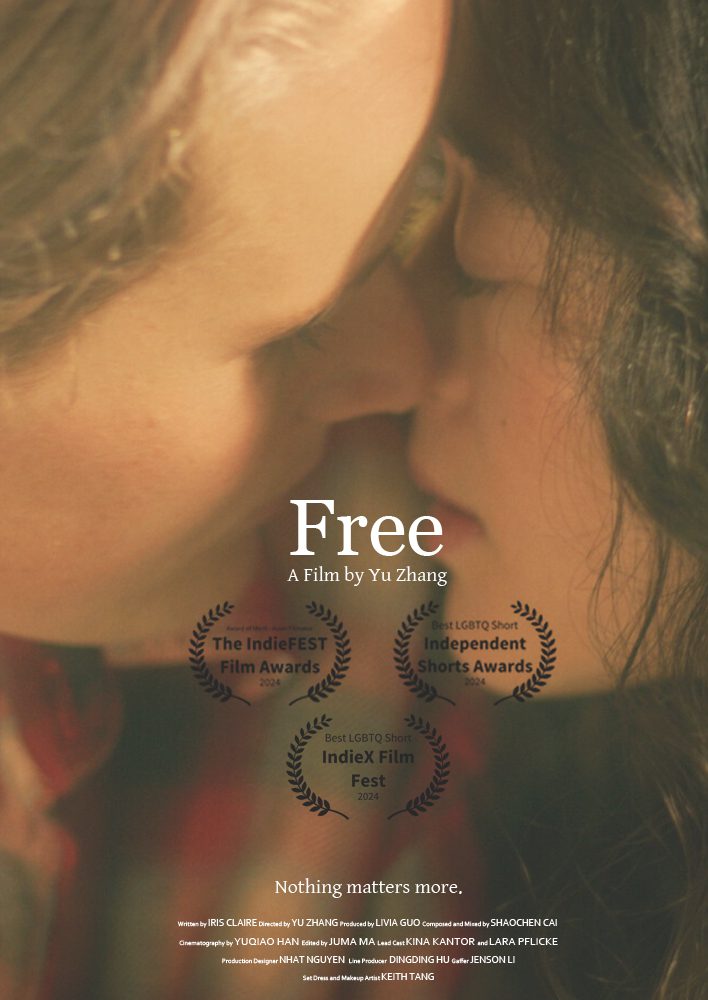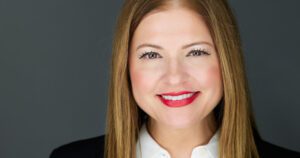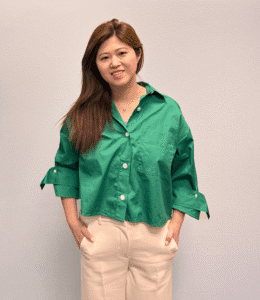In independent filmmaking, the power of storytelling often comes alive through collaboration. Yu Zhang, a talented director splitting her time between the Bay Area and Los Angeles, teamed up with Shaochen Cai, a seasoned guitarist, songwriter, and producer, to create “Free,” an award-winning short film. Their combined vision led to the film earning top honors at several film festivals.
In this interview, we explore their partnership and how independent filmmakers are pushing creative boundaries, especially in exploring underrepresented voices.
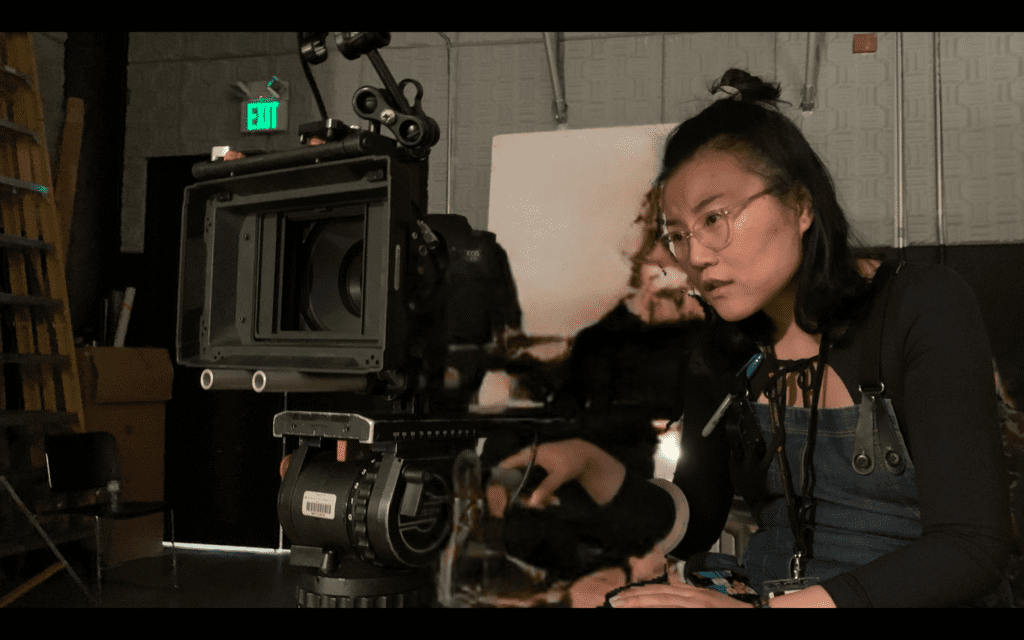
How did your creative visions align to enhance the film’s impact?
Yu Zhang: Our creative visions aligned through a shared commitment to the film’s emotional core. We both understood the importance of the story’s pacing and how it could be expressed through a cohesive blend of visuals and sound. As the director, I focused on crafting scenes that evoked deep emotions. Meanwhile, Shaochen designed a score that not only complemented these visuals but also deepened the emotional resonance of each scene.
Yu’s journey began in a small town in Asia, where her curiosity about human nature led her to journalism. For years, she covered stories from local to global in Shanghai, but her passion for visual storytelling never waned. In 2019, she transitioned into filmmaking, graduating from the Academy of Arts University, where she sharpened her skills in directing, screenwriting, and cinematography.
What inspired you to create Free, and how do you hope the film’s message resonates with audiences on a personal level?
Yu Zhang: Initially, I set out to tell a love story where the two characters end up together, as is often the case. But I realized that this kind of ending doesn’t always reflect real life. The message I wanted to convey is about choice—everyone has the right to prioritize their passion, love, or career without being judged. Love comes in many forms in real life, and it doesn’t have to be a constraint.
The film’s title, Free, suggests a profound theme. What does ‘freedom’ represent in the context of this story, and how did you approach portraying it on screen?
Yu Zhang: When we started writing the script, “Free” was meant to be just a working title. However, as we progressed through post-production, I’ve definitely grown more attached with this title. Some viewers might interpret the main character as being trapped in her marriage, but for her, the reality she’s in and the choice she makes at the end of the story represent true freedom.
Given the constraints of a short film, how did you balance storytelling with visual aesthetics to deliver such a powerful and concise cinematic experience?
Yu Zhang: I’m inspired by Wong Kar-wai and his ability to craft with colors. Jasmine and her husband’s home is enveloped in dark green tones, conveying a sense of melancholy, while Eve’s apartment is bathed in vibrant, bold red, symbolizing her intense and fiery nature.
What were some of the biggest challenges you faced during the production, and how did you overcome them to achieve the final product that garnered such critical acclaim?
Yu Zhang: To me, the biggest challenge is to translate the visuals in my mind into a tangible reality that works on screen. In the scene where Jasmine finally had her successful showcase, we spent the whole day in trying to capture everything in a single, continuous shot. My goal was to make the audience feel as though they were right there watching the performance live. It was no small feat for our DP and our lead actress, Kina, who had to deliver a flawless performance while meeting all the technical demands. Despite the difficulties, we achieved an outstanding result.
On the other side of this creative partnership is Shaochen Cai, whose musical expertise has earned him over 300,000 streams and more than 40 recording credits. His experience spans a variety of genres, including metal and musical theater. In Free, Shaochen’s musical talents bring Yu’s visual storytelling to life.
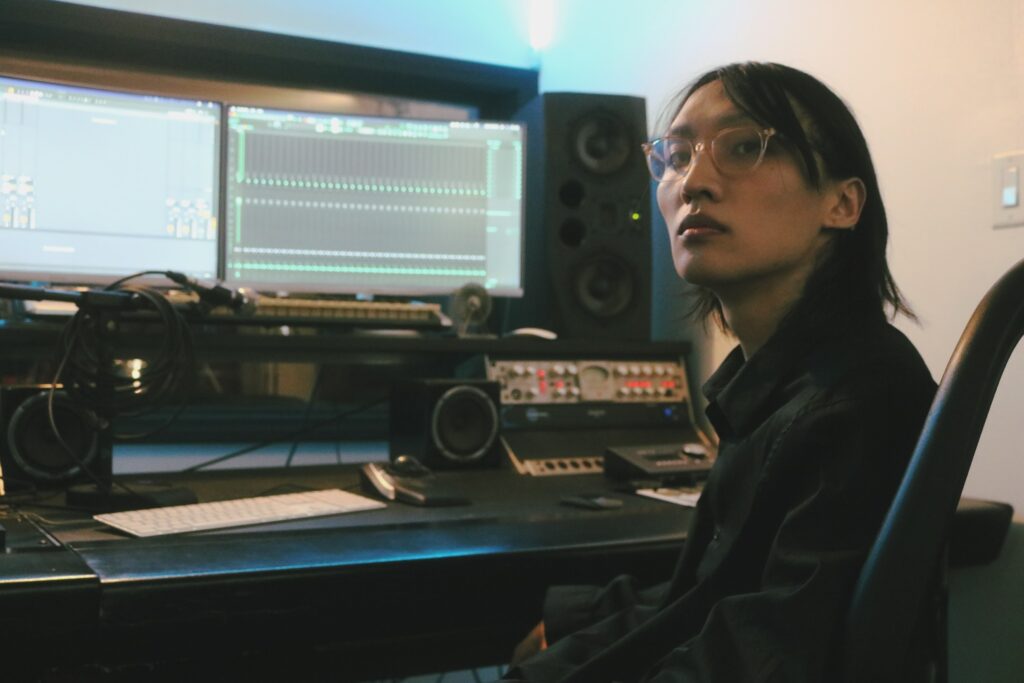
The score plays a crucial role in conveying the theme of freedom in Free. How did you use music to evoke a sense of liberation or constraint within the film’s narrative?
Shaochen Cai: The score carries the storytelling rhythm in Free. I used looping melodies to keep this pace steady. For the loving and joyful moments, I employed lighter, more flowing melodies. In contrast, I introduced tension and dissonances in more emotionally complex scenes, emphasizing on the conflicts.
Were there any specific instruments or musical themes you used to represent the characters or emotions?
Shaochen Cai: When it comes to Jasmine and Tom’s marriage, a slowly bowed cello produces a rumbling, unstable, and uneasy sound that mirrors the inner turmoil and tension within their relationship.
Were there any particular challenges in aligning the music with the film’s pacing, especially given the emotional depth and brevity of Free?
Shaochen Cai: The challenge was to keep everything minimal, simple, and non-overpowering!

